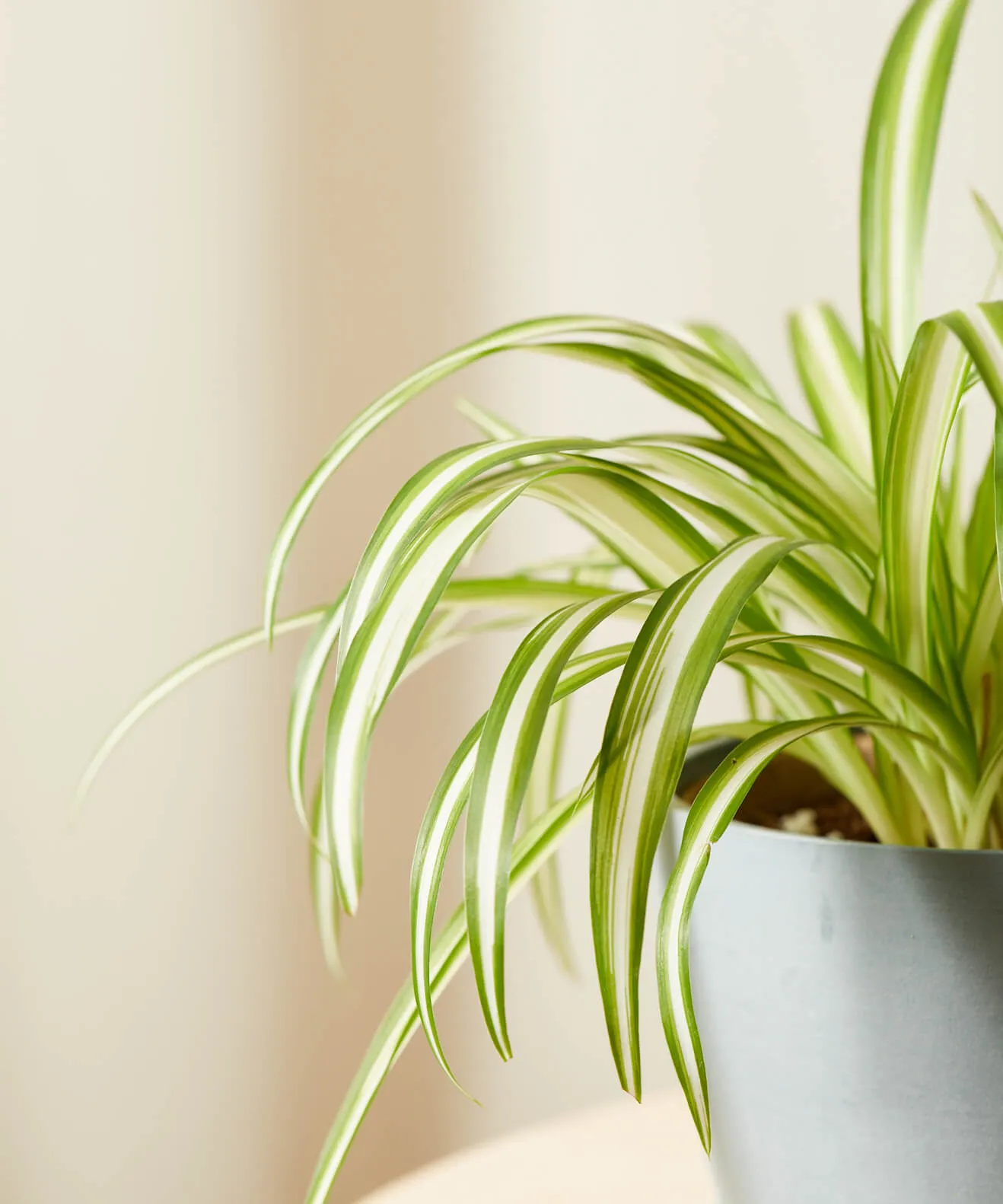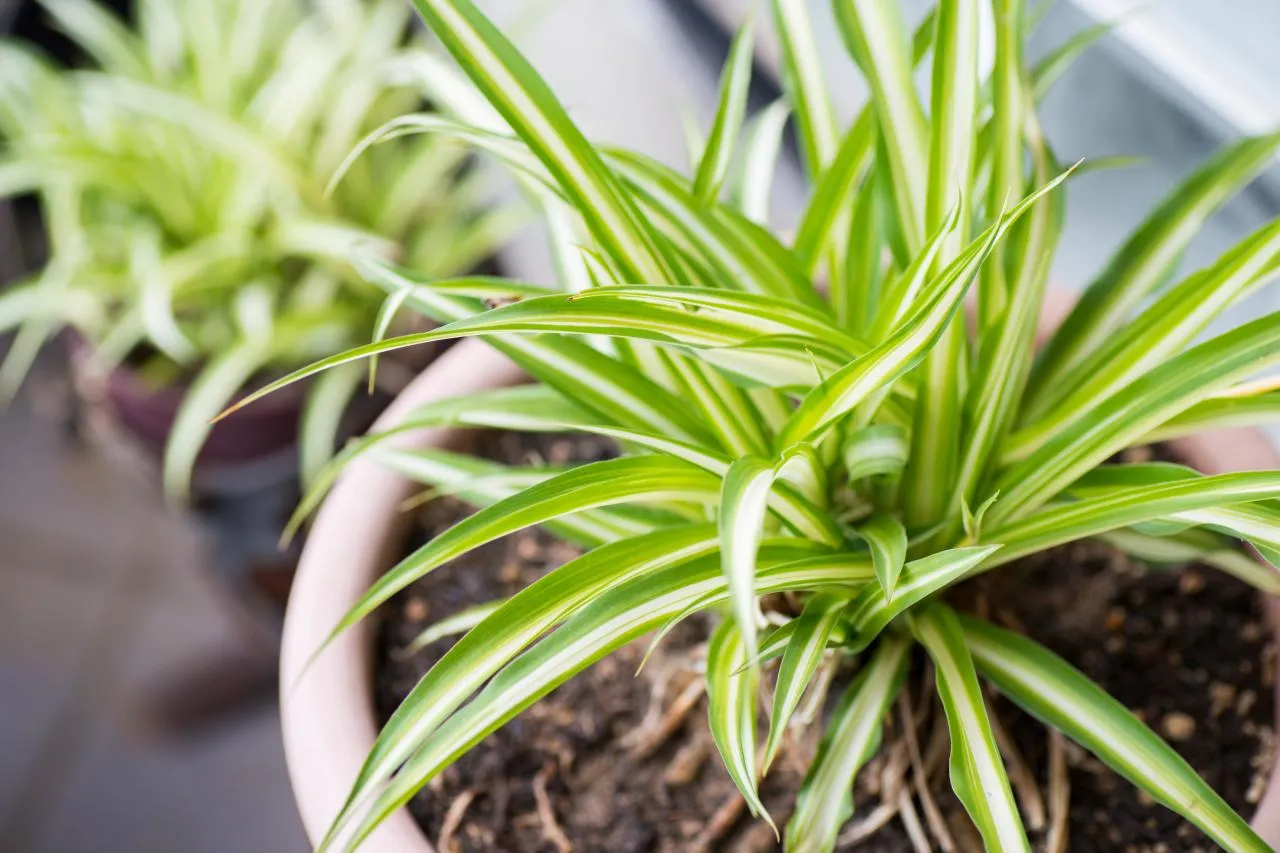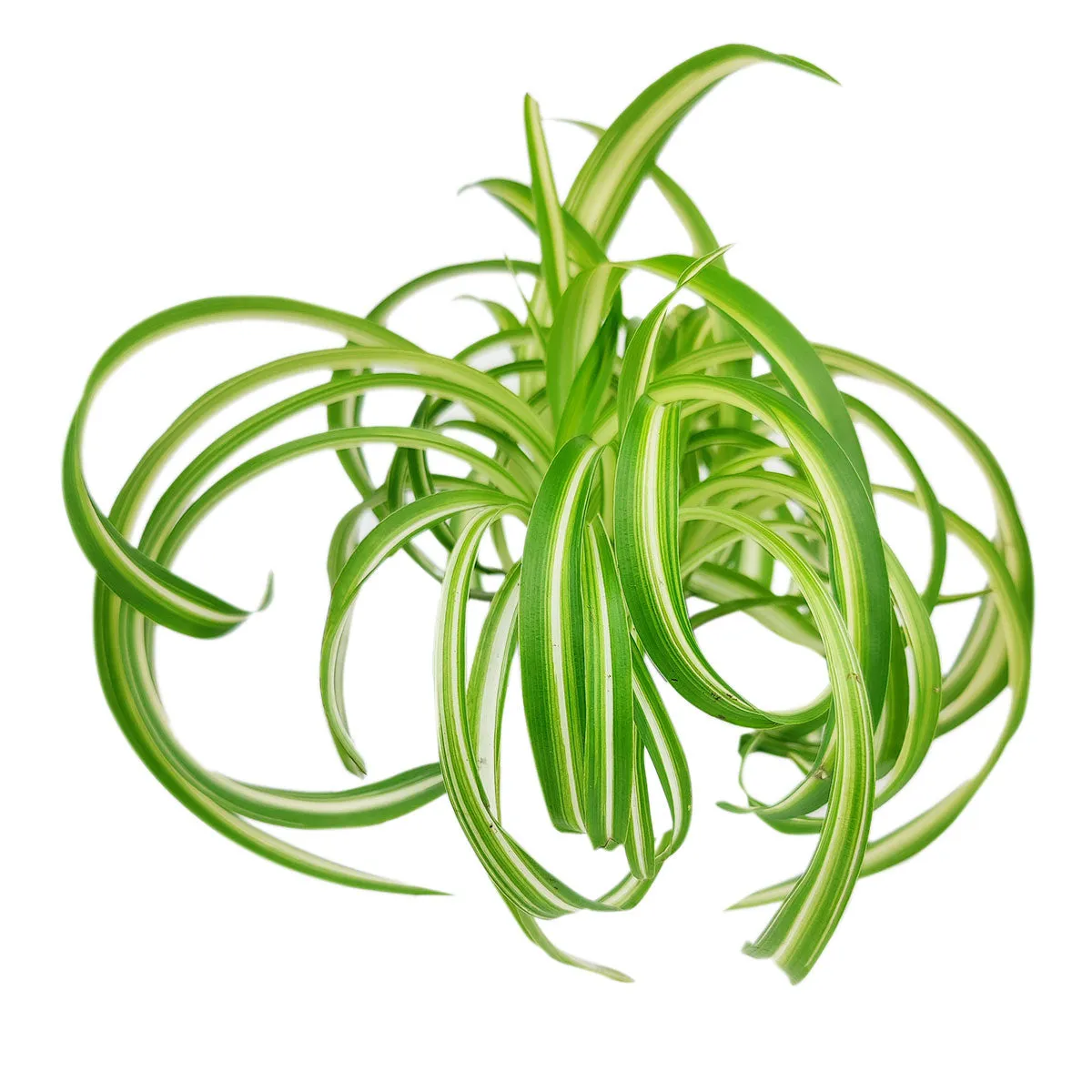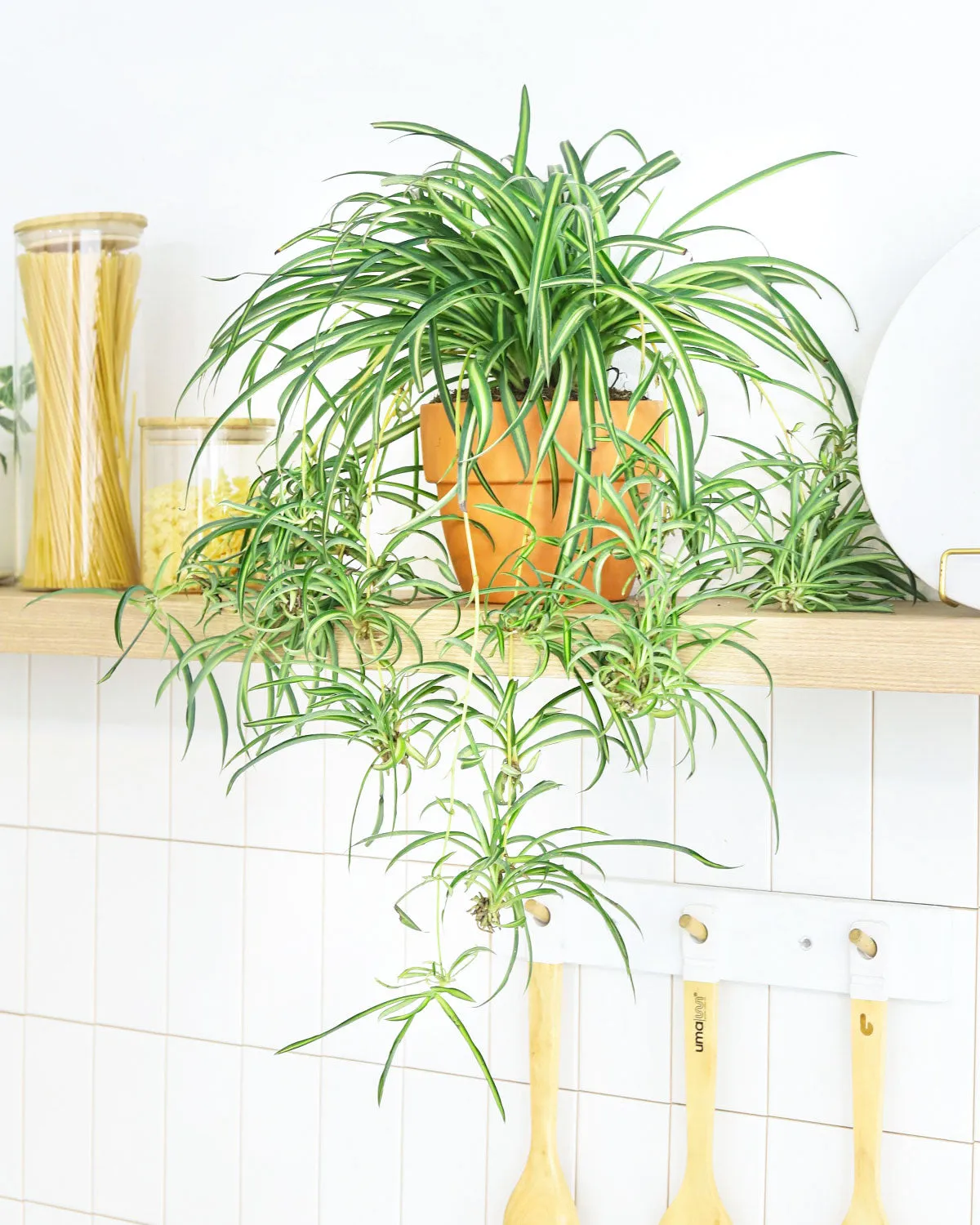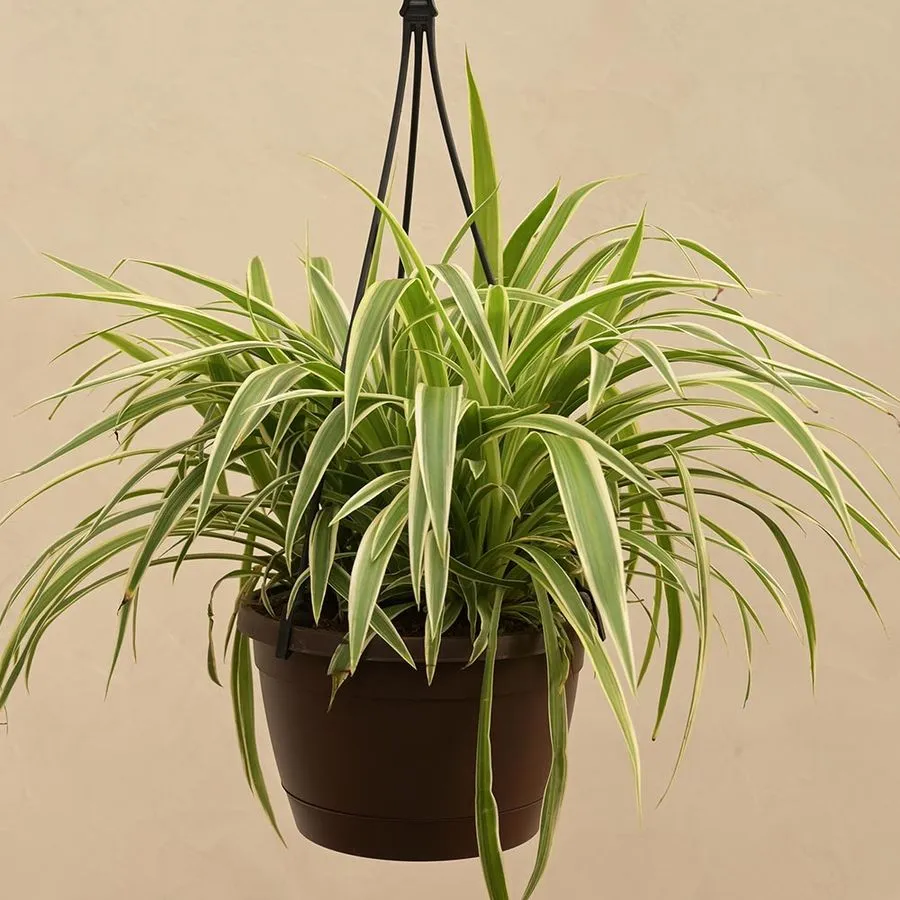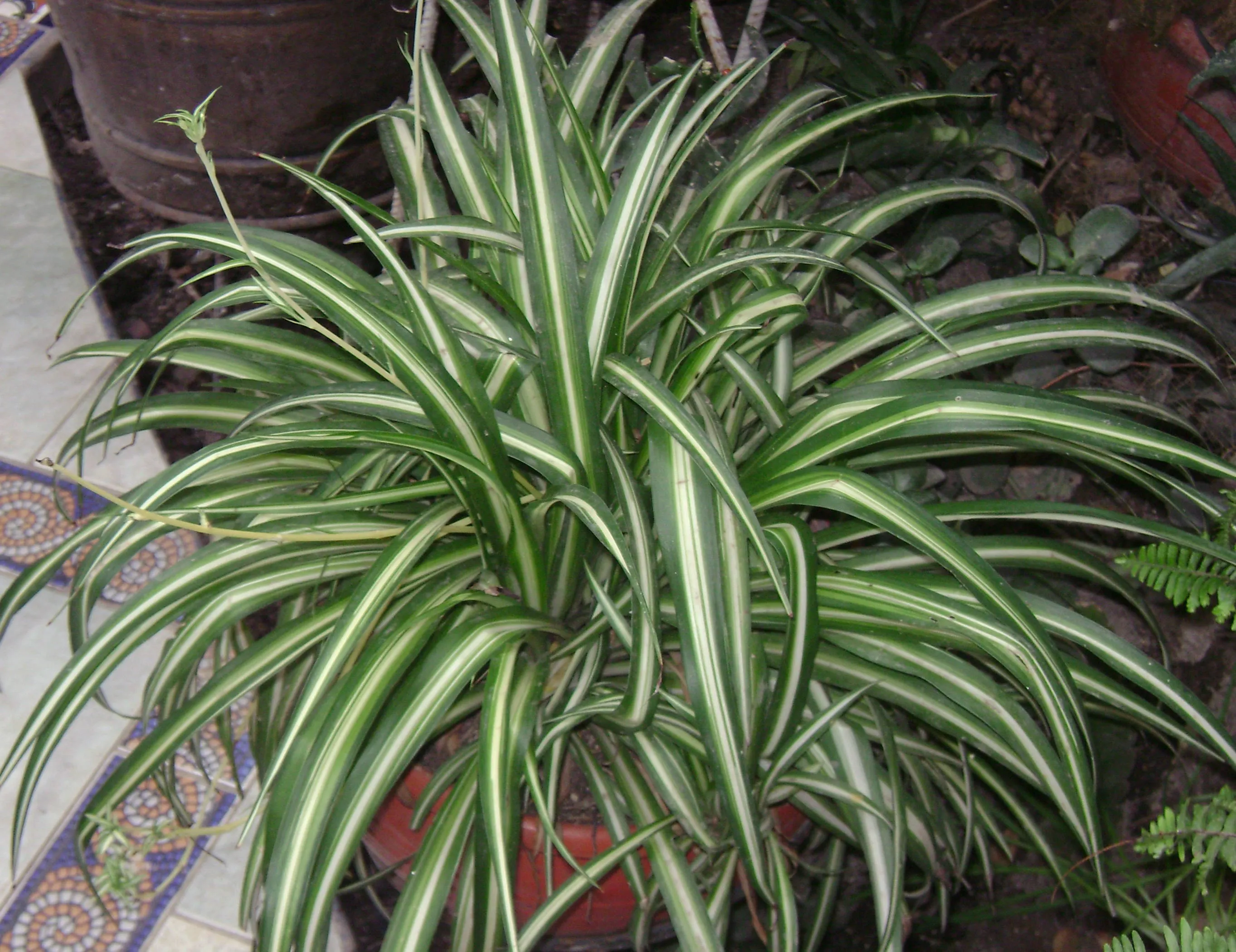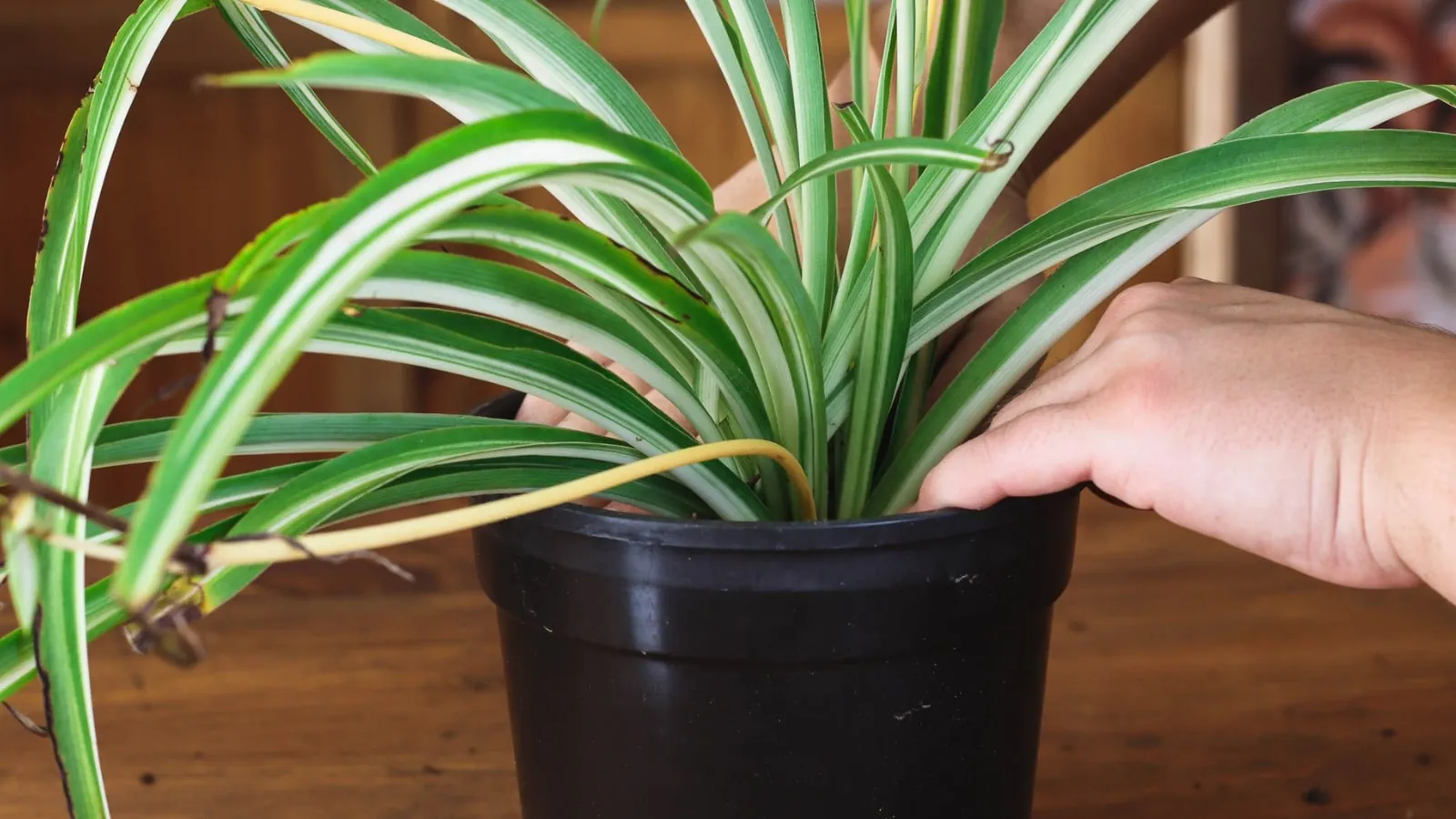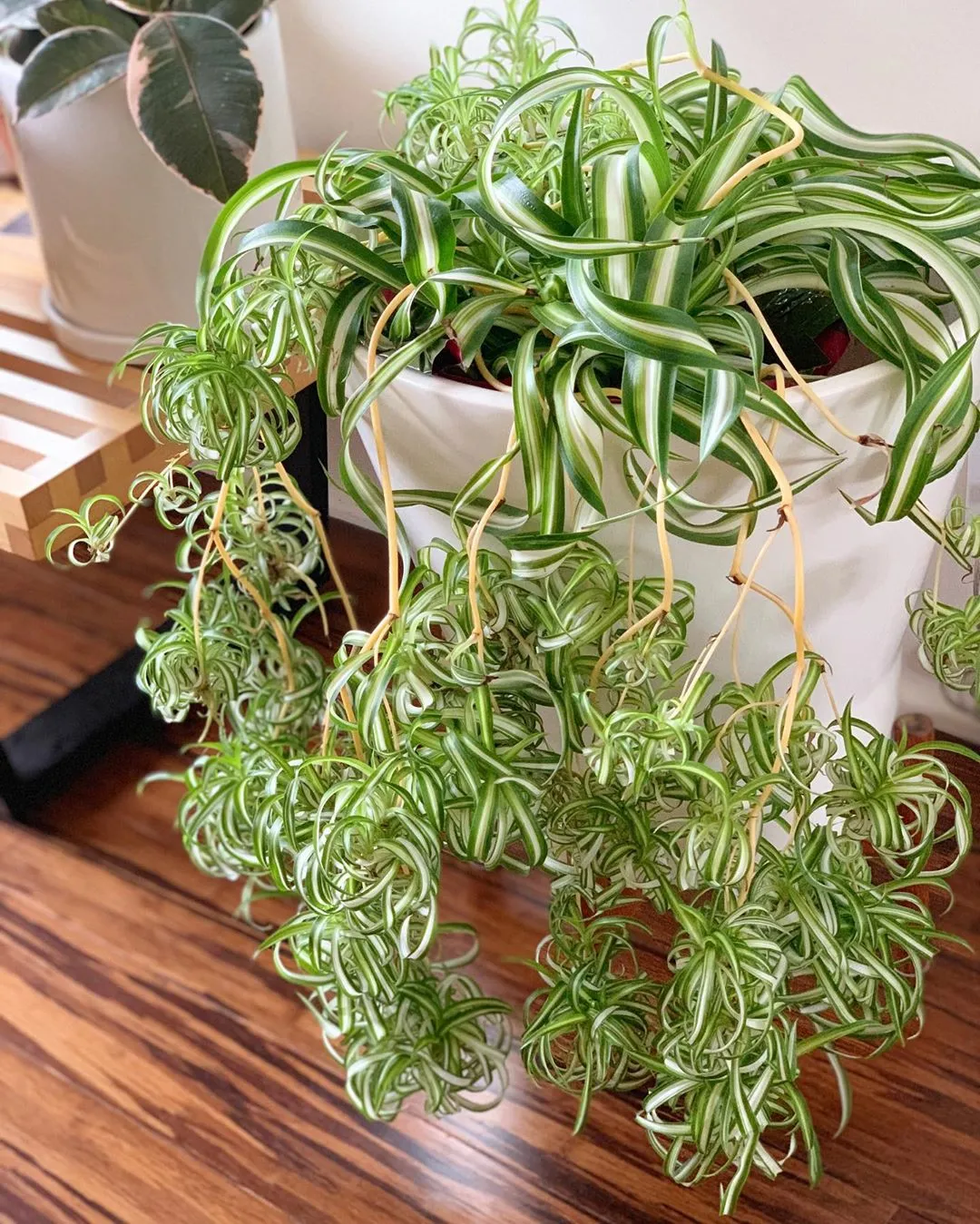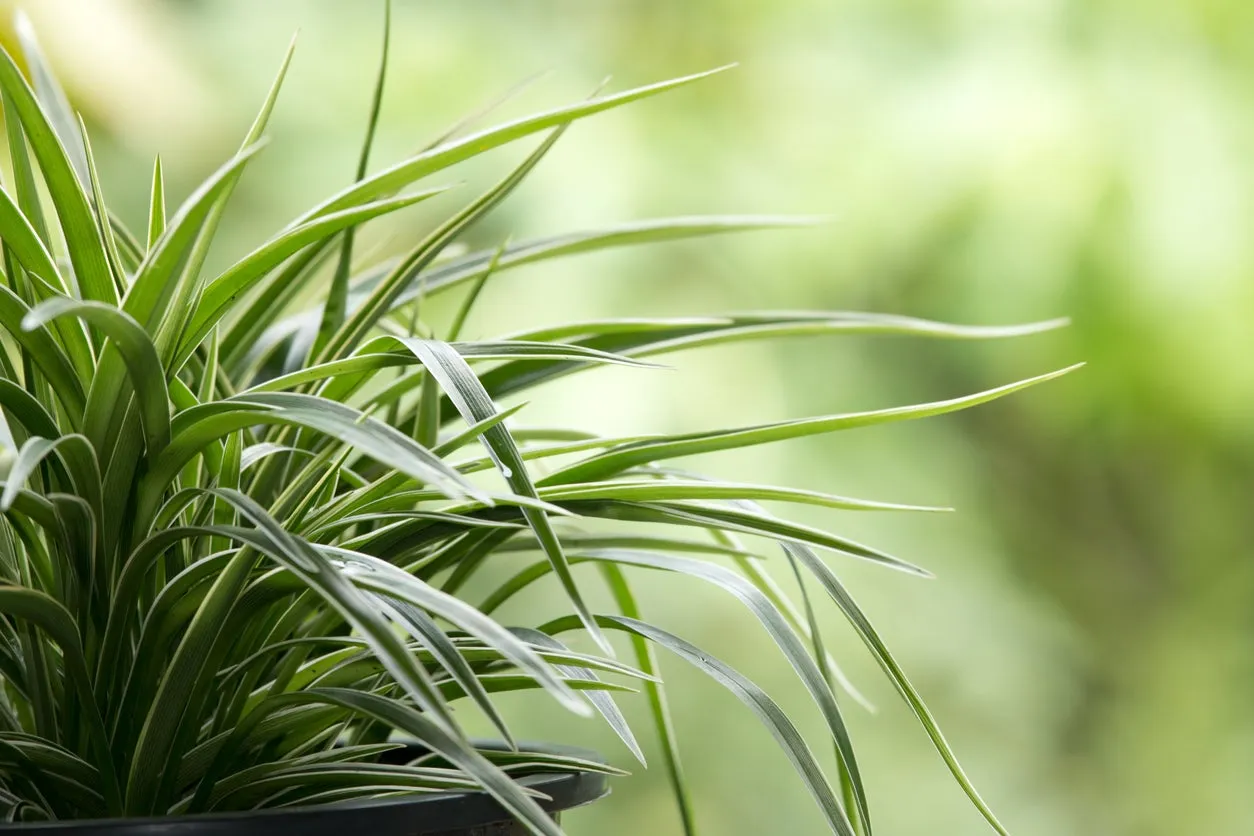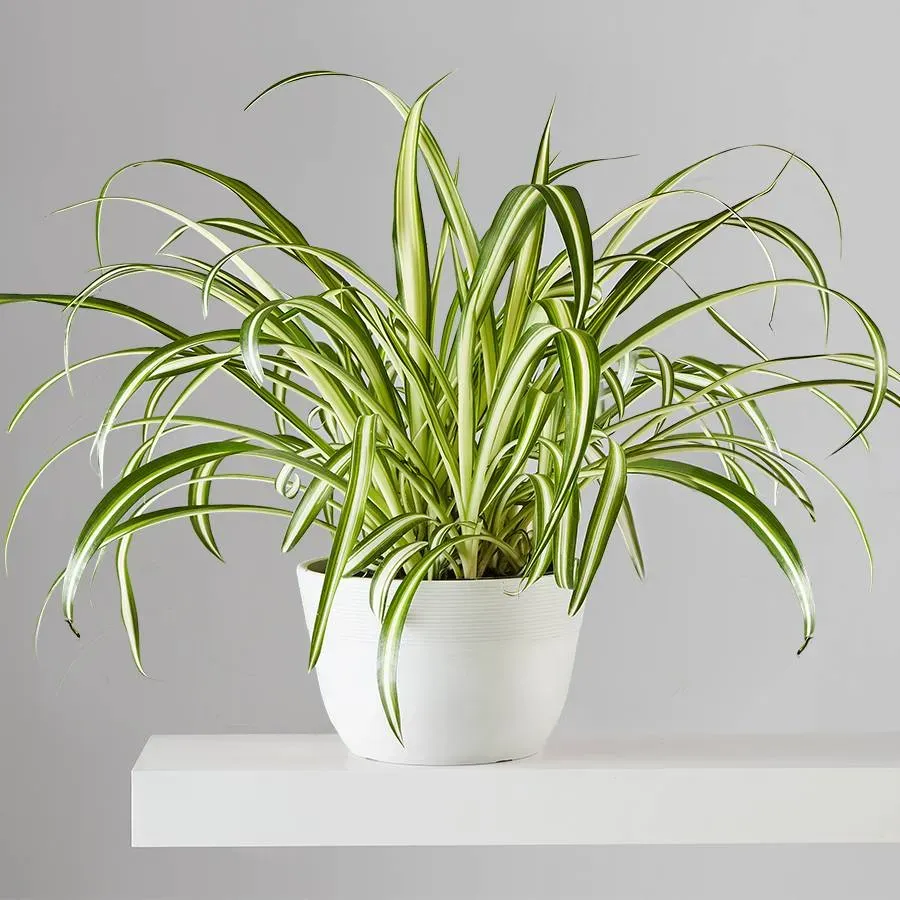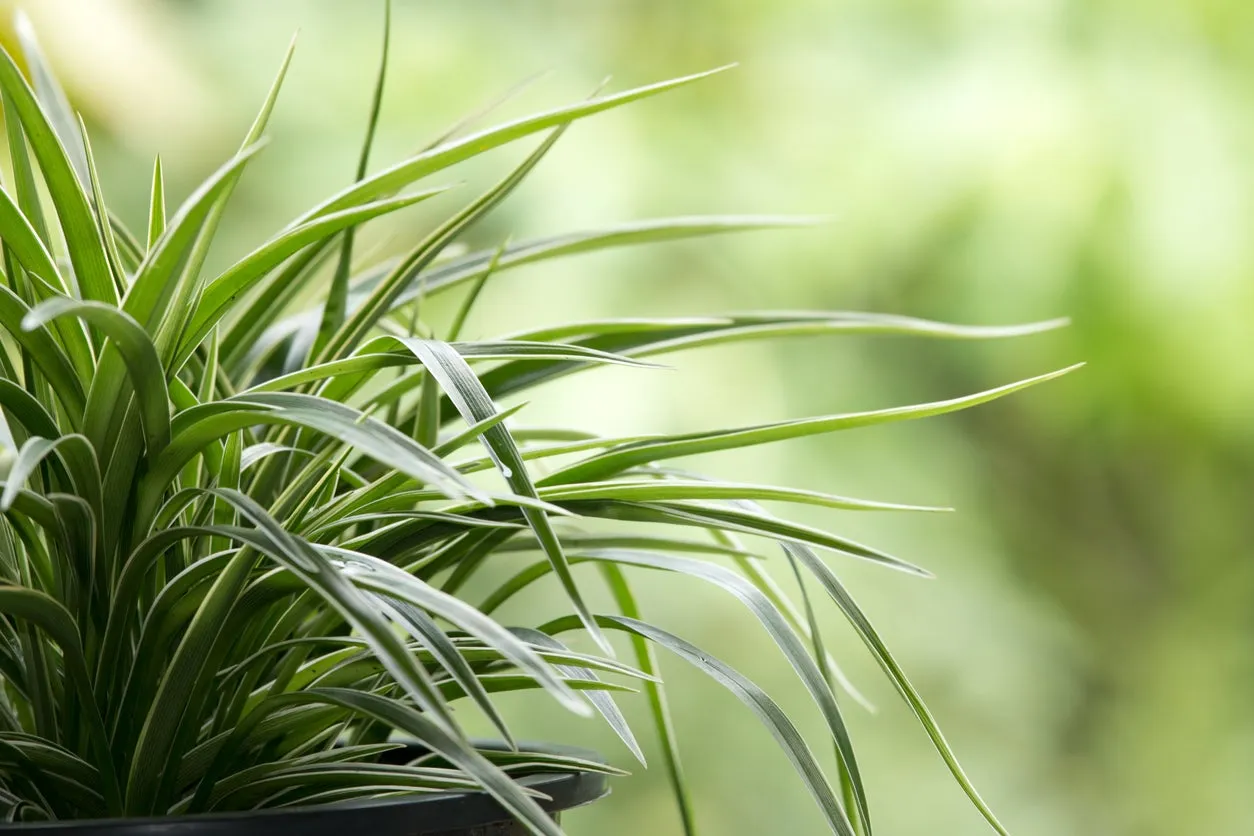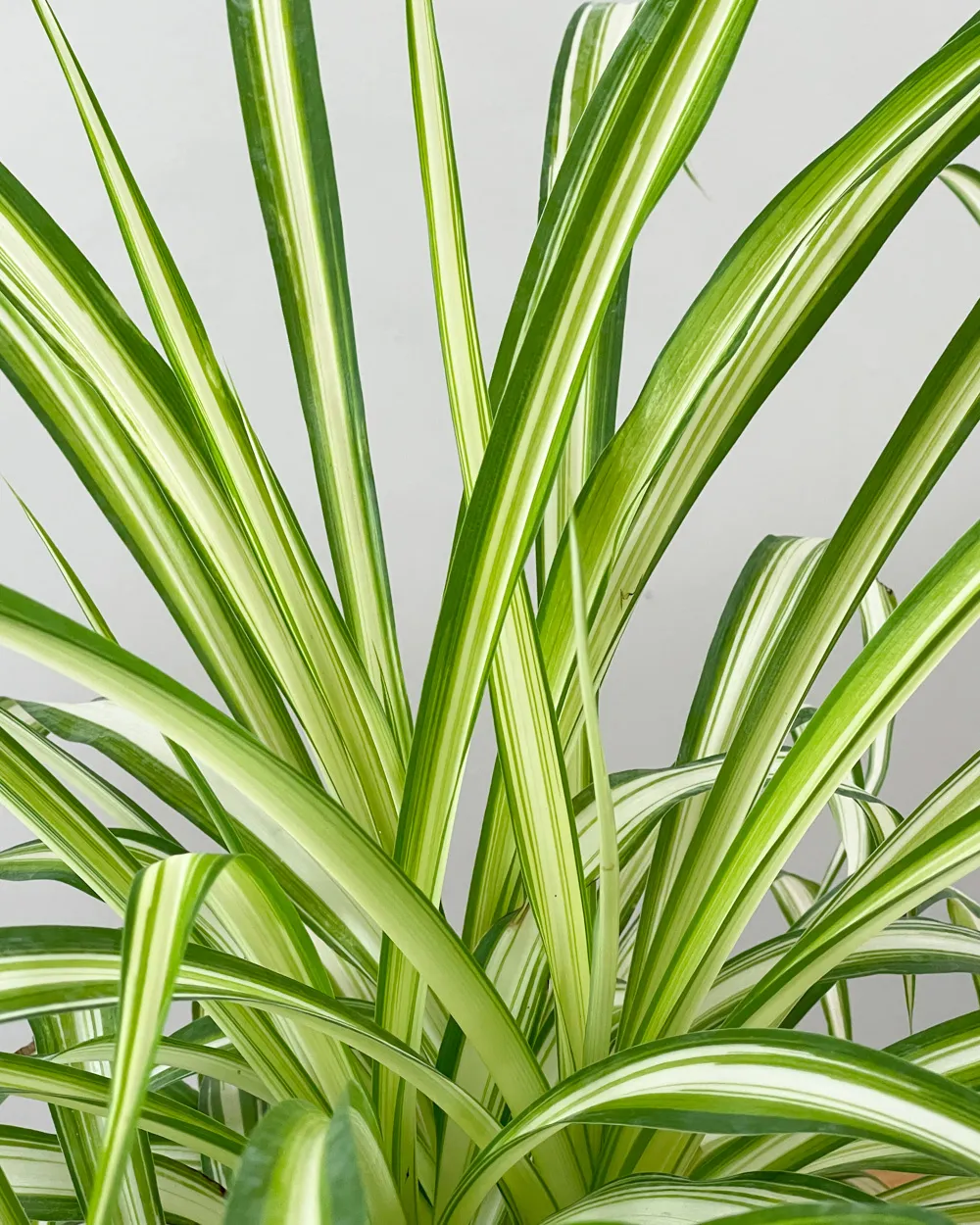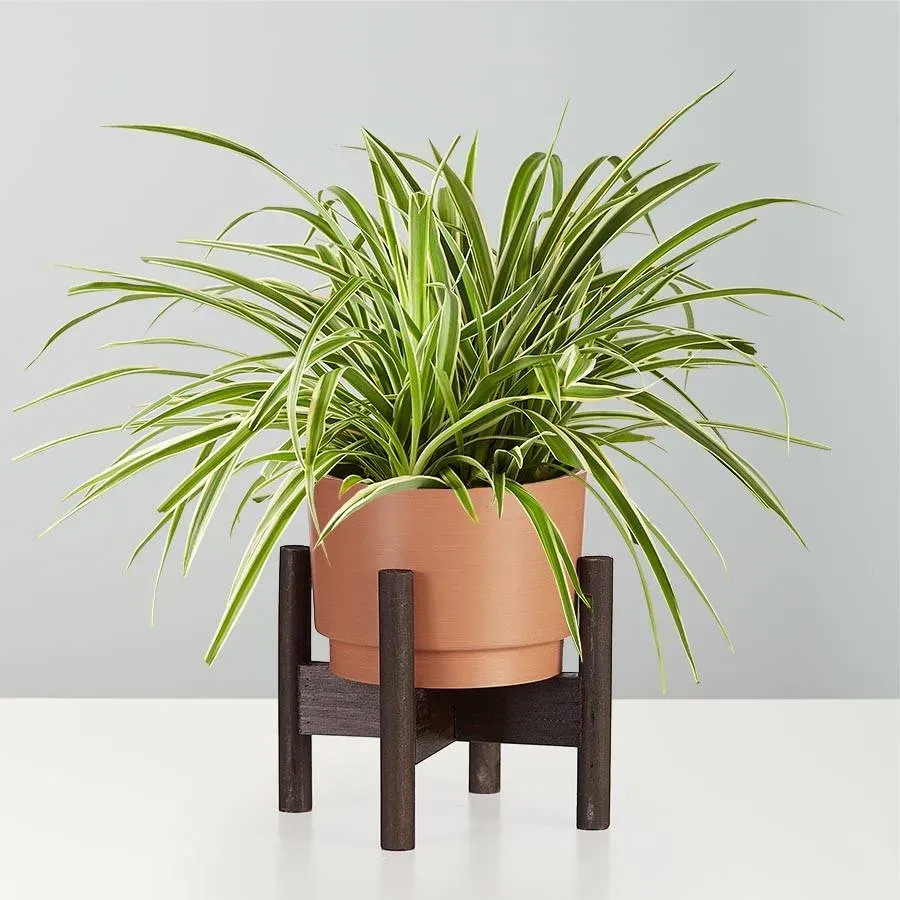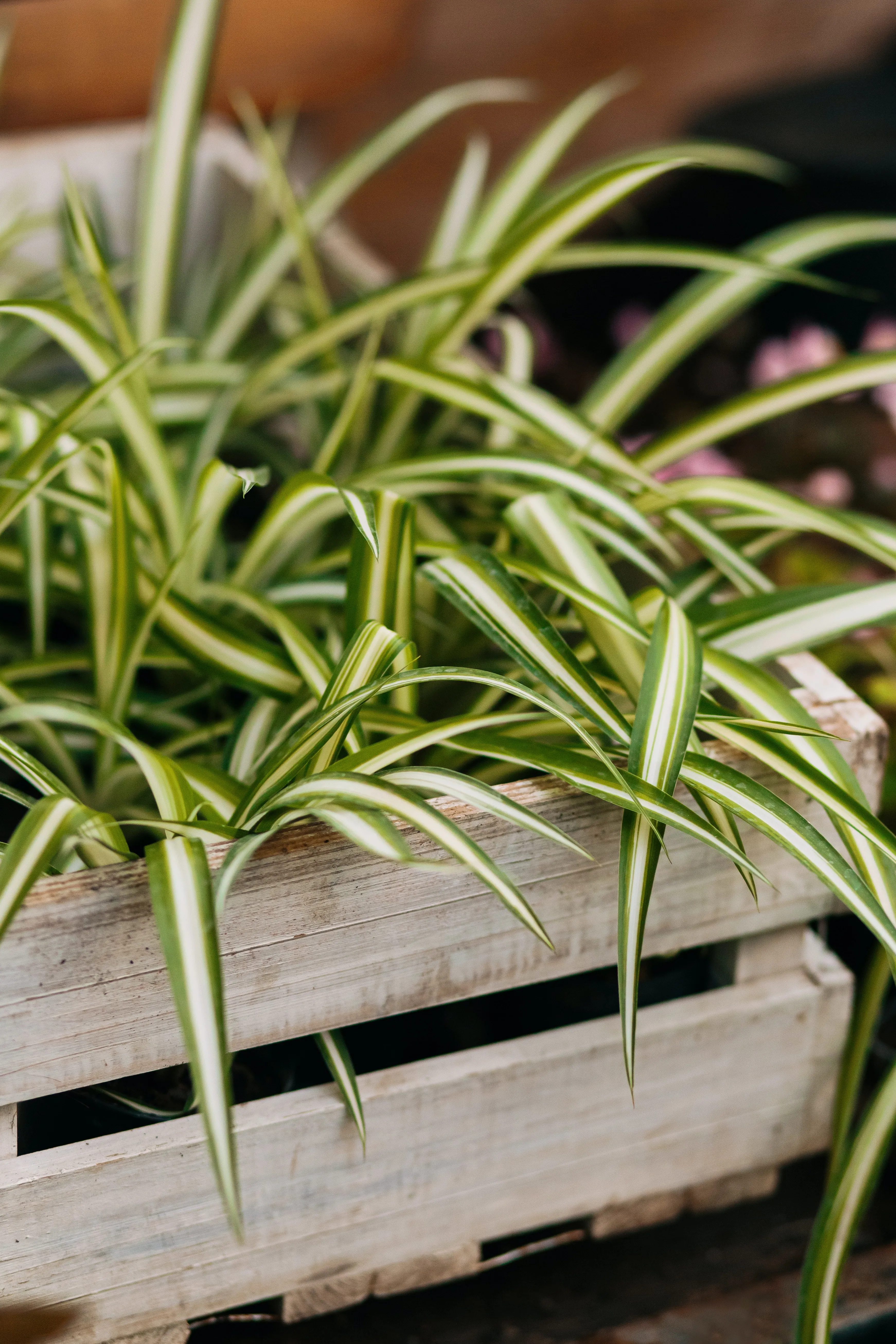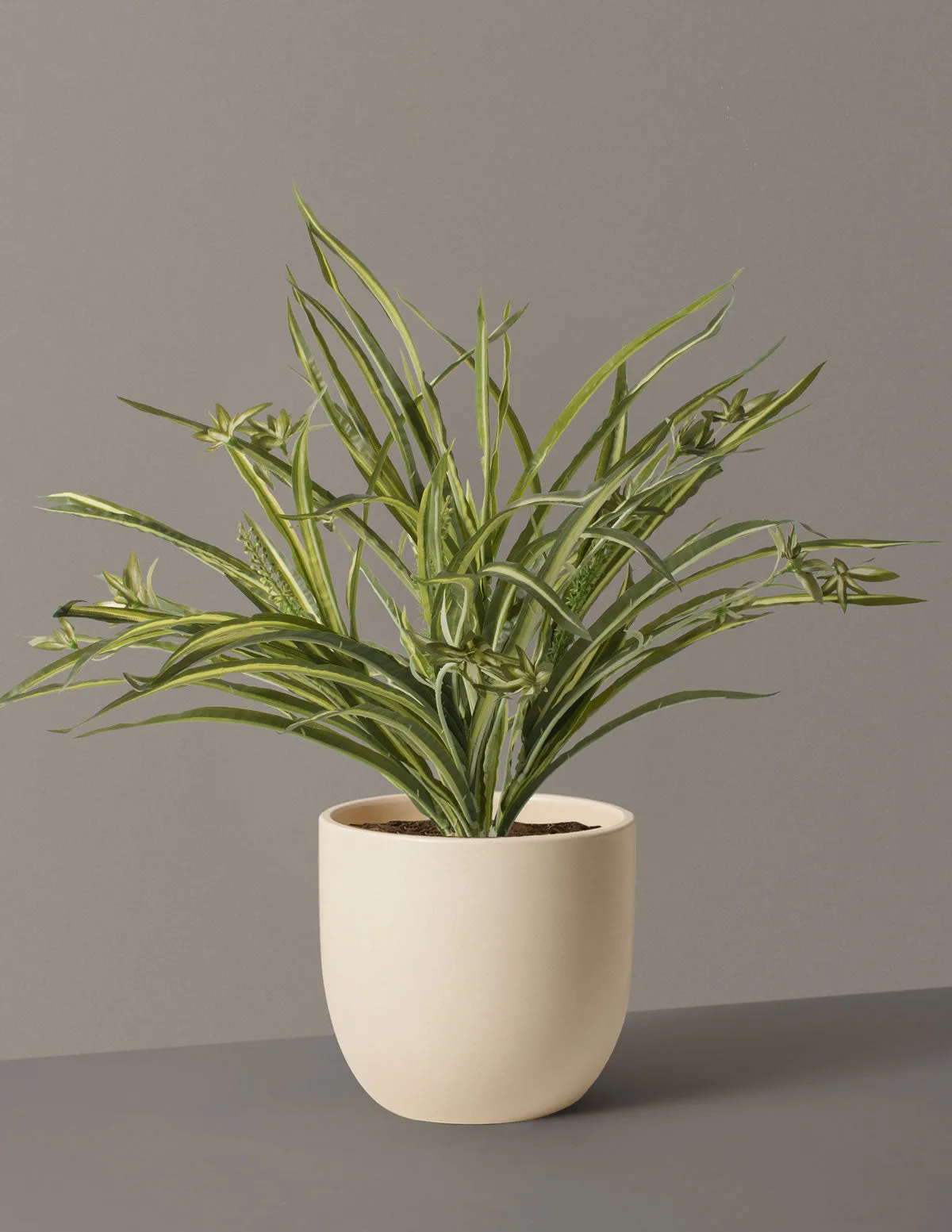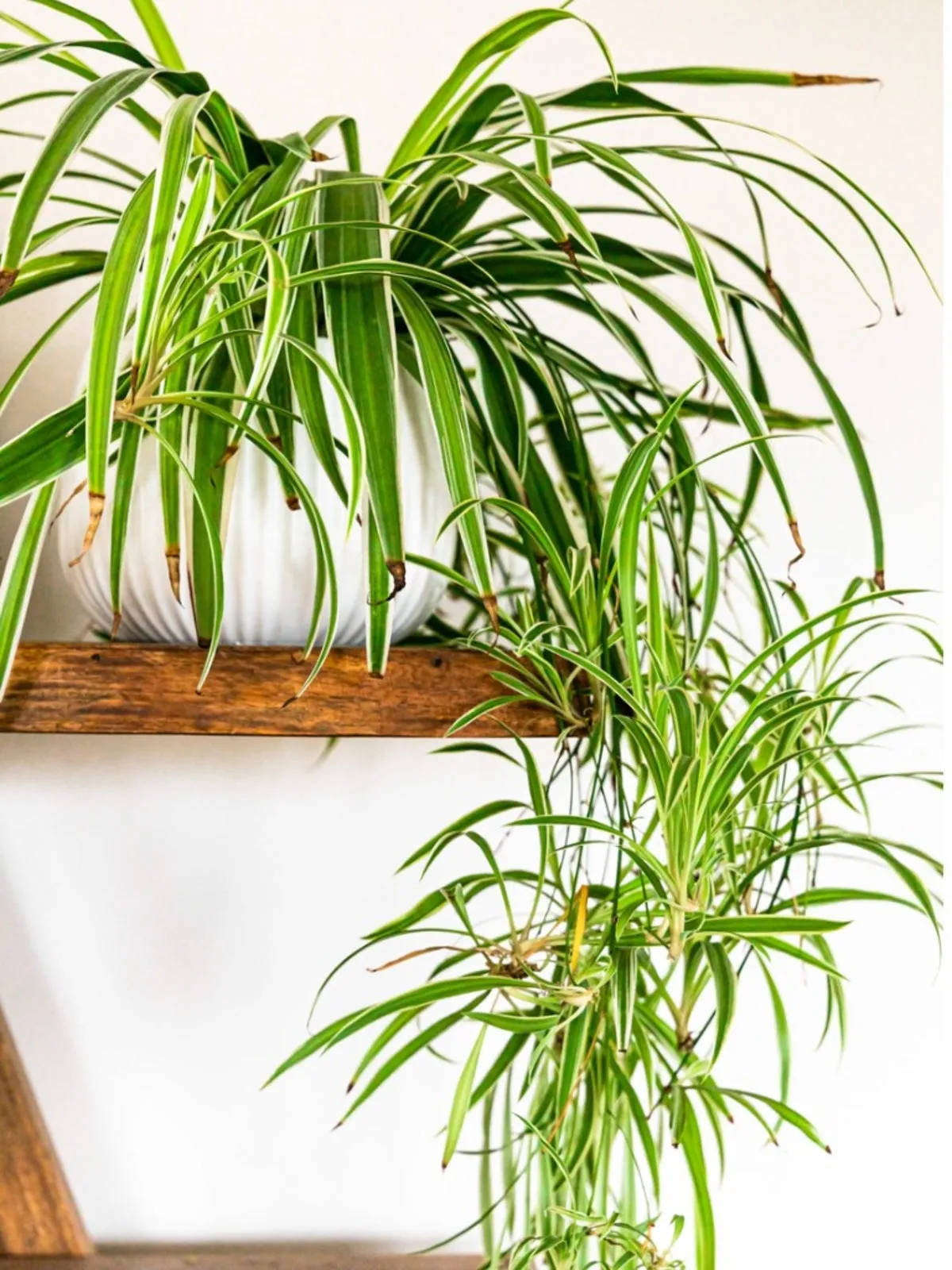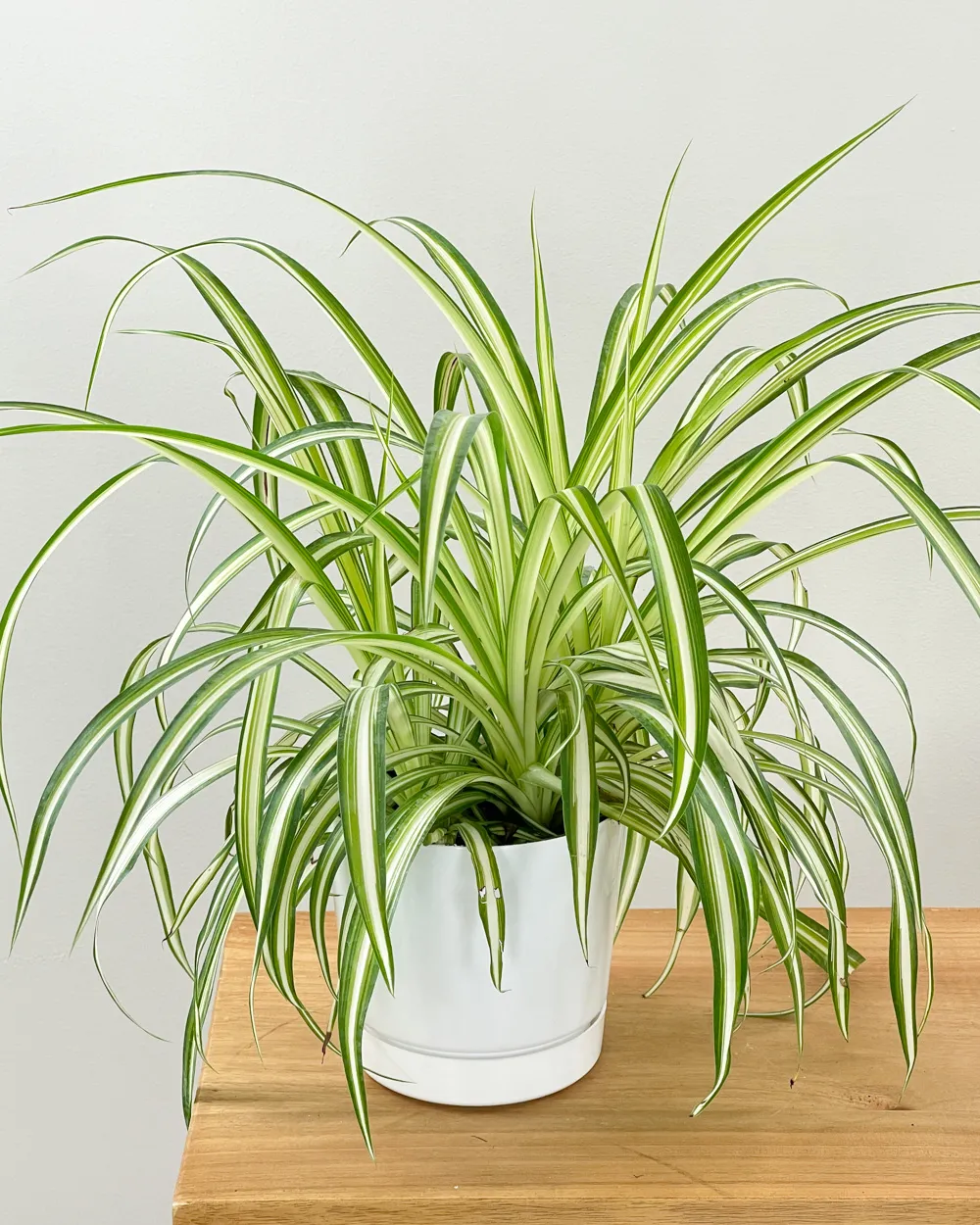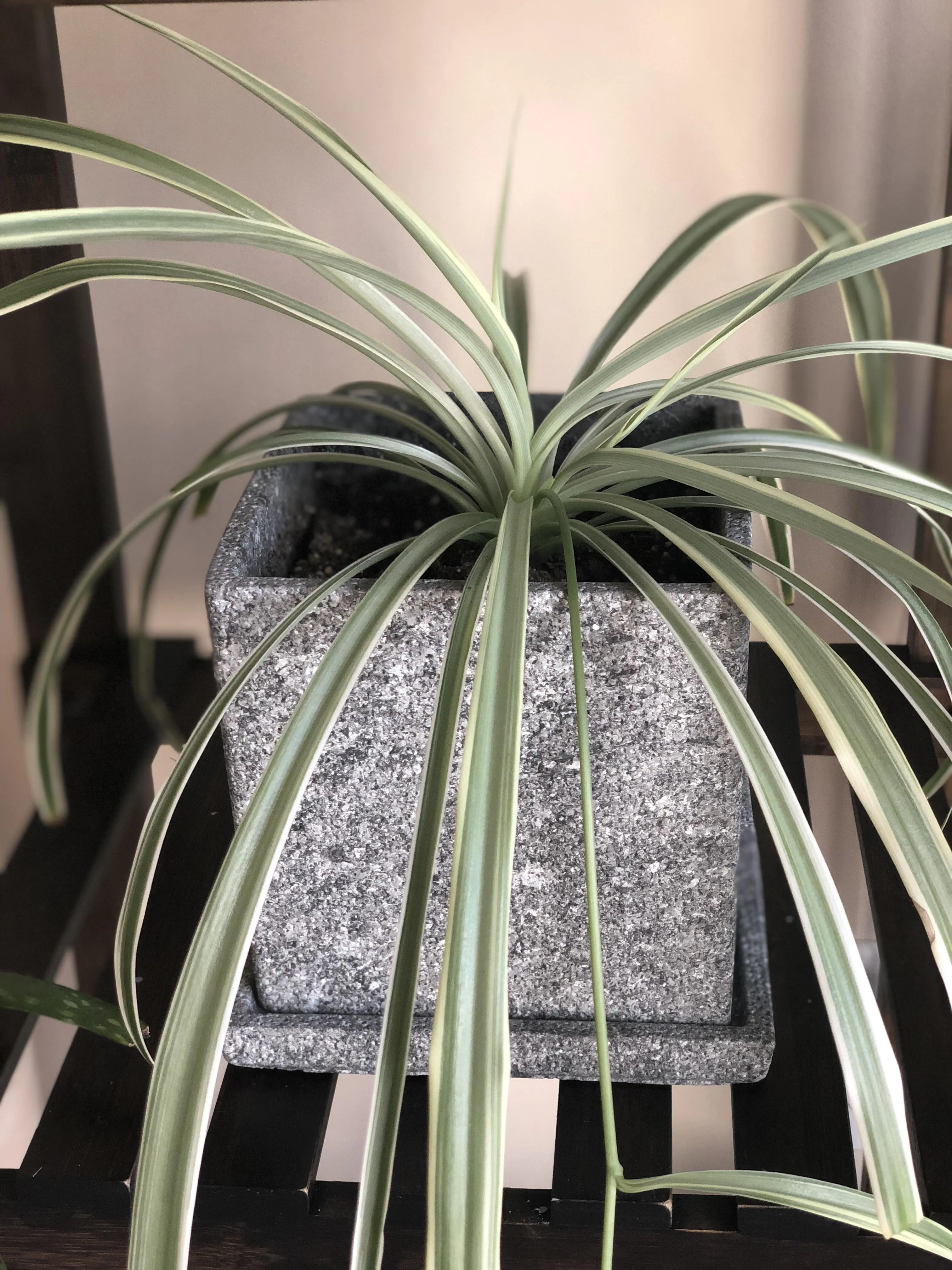Spider Plant: An Ideal Houseplant
Houseplants are becoming increasingly popular these days, and for good reason. Not only do they add a touch of greenery to our homes, but they also help purify the air we breathe. Among the many houseplants available, spider plants are a popular choice for their ease of care and their attractive appearance.
Introduction to Spider Plants
Spider plants (Chlorophytum comosum) are native to tropical and southern Africa. They are a member of the lily family and are known for their long, narrow leaves that resemble spider legs. The leaves can grow up to 16 inches long and are usually green or variegated with white or yellow stripes. Spider plants are easy to care for, making them an ideal choice for beginner plant enthusiasts. They are also non-toxic to pets, making them a safe option for pet owners.
Benefits of Having Spider Plants
Spider plants not only add beauty to our homes, but they also offer a range of benefits. Here are a few reasons why you should consider adding a spider plant to your collection of houseplants:
Air Purification
Spider plants are known for their ability to purify the air we breathe. They are particularly effective at removing formaldehyde, xylene, and toluene from the air. These chemicals are commonly found in household products such as cleaning agents, paint, and furniture. By removing these chemicals from the air, spider plants help create a healthier living environment.
Stress Reduction
Research has shown that being around plants can help reduce stress levels. Spider plants, in particular, have been found to have a calming effect on people. Their presence can help create a more relaxed and peaceful atmosphere in our homes.
Easy to Care For
Spider plants are low maintenance and easy to care for. They do well in a variety of lighting conditions and can tolerate a range of temperatures. They also don't require frequent watering and can thrive in a variety of soil types.
Propagation
Spider plants are easy to propagate, making them an excellent choice for those who want to expand their plant collection without spending a lot of money. They produce small plantlets, or "spiders," that can be easily transplanted into their own pots.
How to Care for Spider Plants
Spider plants are incredibly easy to care for. Here are a few tips to keep your spider plant healthy and thriving:
Lighting
Spider plants can tolerate a range of lighting conditions, but they do best in bright, indirect light. Direct sunlight can scorch their leaves, so it's best to keep them in a spot that receives filtered light.
Watering
Spider plants don't require frequent watering, but they do need to be kept consistently moist. Water them once a week or when the top inch of soil feels dry. Be sure not to overwater them, as this can lead to root rot.
Soil
Spider plants do well in a variety of soil types, but they prefer well-draining soil. A mixture of potting soil and perlite or sand can help ensure good drainage.
Fertilizing
Spider plants don't require frequent fertilizing, but they can benefit from a monthly dose of a balanced fertilizer during the growing season.
Propagation
Spider plants can be easily propagated by dividing the plant or by planting the small plantlets that grow from the mother plant. To divide the plant, gently remove it from its pot and separate the roots into two or more sections. Plant each section in its own pot and water thoroughly.
Common Problems and Solutions
While spider plants are relatively easy to care for, they can still encounter a few problems. Here are a few common issues and how to solve them:
Brown Tips
Brown tips on spider plant leaves are a sign of underwatering or low humidity. To solve this problem, water the plant more frequently or place a humidifier near the plant.
Yellow Leaves
Yellow leaves on a spider plant can be a sign of overwatering or too much direct sunlight. To solve this problem, reduce watering or move the plant to a spot with filtered light.
Root Rot
Overwatering can lead to root rot, which can be fatal to spider plants. To prevent root rot, make sure the soil is well-draining and avoid overwatering the plant.
Pest Infestations
Spider plants can be susceptible to spider mites, mealybugs, and scale insects. To prevent pest infestations, keep the plant clean and free of debris. If an infestation does occur, treat the plant with an insecticidal soap or neem oil.
Conclusion
Spider plants are an excellent choice for those looking for an easy-to-care-for houseplant that offers a range of benefits. They are attractive, purify the air, and can even help reduce stress levels. With a little bit of care, spider plants can thrive in a variety of lighting and soil conditions. Whether you're a seasoned plant enthusiast or a beginner, spider plants are a great addition to any home.
Frequently asked questions about Spider plant wallpapers
Q: What is a Spider plant?
A: Spider plant, also known as Chlorophytum comosum, is a popular houseplant known for its long, slender leaves and ability to purify the air.
Q: Can I download Spider plant pictures for free from your website?
A: Yes, you can download Spider plant pictures for free from our website.
Q: How many Spider plant pictures do you have on your website?
A: We have 58 Spider plant pictures on our website.
Q: What file types are available for download?
A: You can download Spider plant pictures in .jpg, .png, and .webp file types.
Q: Can I choose different sizes for Spider plant pictures?
A: Yes, you can choose different sizes (width and height) for Spider plant pictures.
Q: How does your website determine the right size for mobile visitors?
A: Our website automatically detects the visitor's mobile screen size and chooses the appropriate size for the Spider plant picture.
Q: Do I need to create an account to download Spider plant pictures?
A: No, you do not need to create an account to download Spider plant pictures from our website.
Q: Are the Spider plant pictures copyrighted?
A: No, the Spider plant pictures on our website are free to download and use for personal and commercial purposes without attribution or copyright restrictions.
Q: Can I use the Spider plant pictures for commercial purposes?
A: Yes, you can use the Spider plant pictures for commercial purposes without attribution or copyright restrictions.
Q: Do I need to credit your website if I use the Spider plant pictures?
A: No, you do not need to credit our website if you use the Spider plant pictures.
Q: Can I modify the Spider plant pictures before using them?
A: Yes, you can modify the Spider plant pictures before using them for personal or commercial purposes.
Q: Do you have any recommendations for using the Spider plant pictures?
A: We recommend using the Spider plant pictures for educational purposes, such as in school projects or presentations, or for decorative purposes, such as in blog posts or social media posts.


